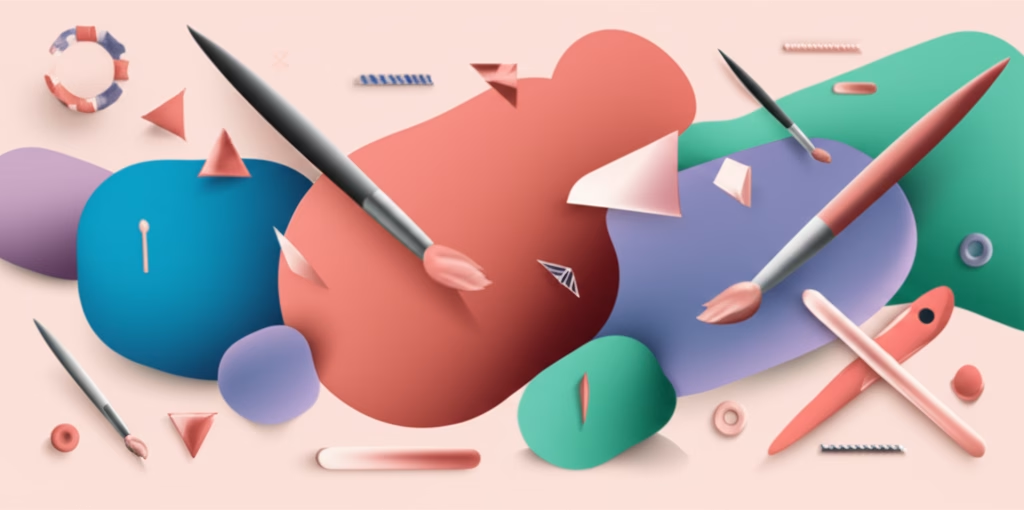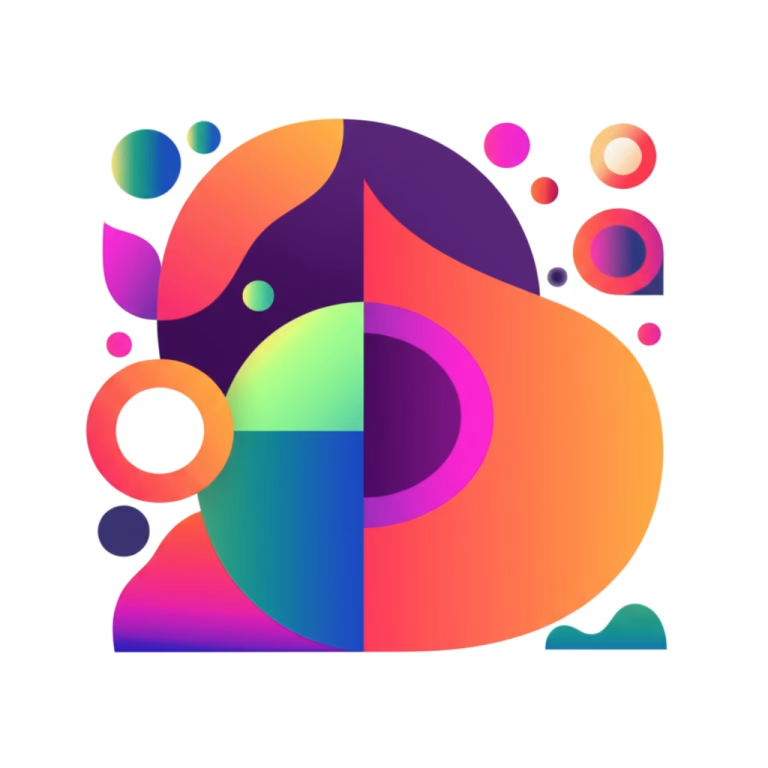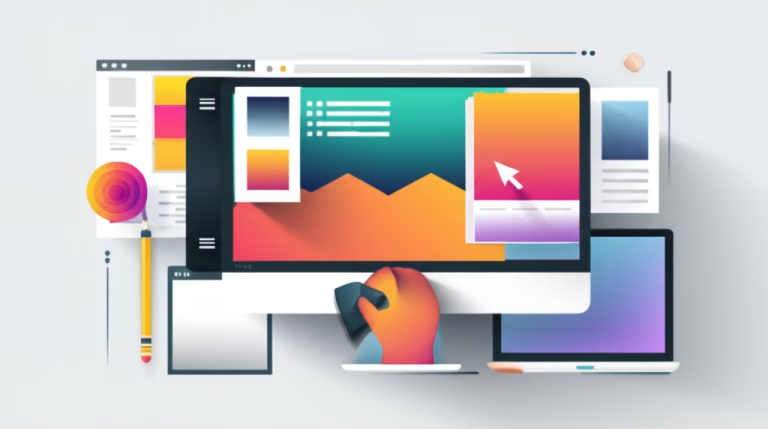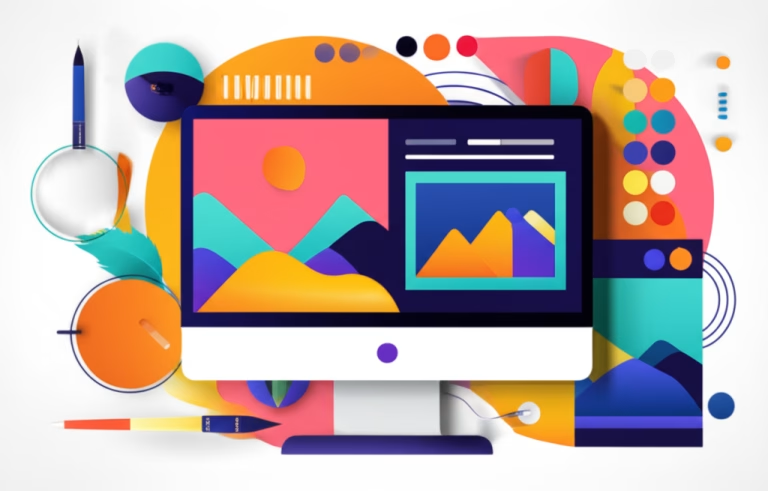Hey there, aspiring designers! Ever feel a little lost about how to show off your creative work? You’ve been learning, practicing, and maybe even finished a few projects, but how do you package it all up so the world sees your talent? That’s where your portfolio comes in, and it’s so much more than just a collection of images.
Think of your portfolio not just as a resume for your art, but as a living story of who you are as a creator. It’s your chance to make a real connection, show your unique perspective, and open doors you might not even know exist. Let’s dive into the deeper magic behind building a truly great one.
Table of Contents
The Transformation That a Strong Portfolio Can Bring
Imagine this: you’ve spent hours honing your skills, learning new tools, and pouring your heart into projects. But without a way to present them effectively, all that effort can feel hidden. A powerful portfolio changes everything. It takes your potential and turns it into tangible proof of your abilities, opening doors to opportunities you only dreamed of.
It’s not just about getting a job or freelance gig; it’s about building confidence, attracting the right kind of clients or employers, and truly launching your career. A well-constructed portfolio is your most powerful advocate, speaking volumes about your passion and skill even when you’re not in the room.
The Hidden Power of Your Showcase
At its core, your portfolio is proof. It shows you can do what you say you can do. But its real power lies deeper. It’s a curated experience, a narrative you craft about your creative journey and your design philosophy. It demonstrates not just the final outcome, but your thinking process, your problem-solving skills, and your unique voice.
Think about designers whose work you admire. They don’t just show pretty pictures; they tell a story. Their portfolio reflects their personality, their values, and their approach to design. It’s this depth that captivates and convinces, setting you apart in a crowded field and making your work truly memorable.
The 5 Dimensions of Your Creative Compilation
1. The Connection Dimension
Your portfolio is a bridge. It connects you with people who need your skills – potential clients, employers, collaborators, and even mentors. It allows them to see your perspective, understand your style, and imagine working with you. It’s the first handshake, the initial conversation that can lead to amazing opportunities.
- Showcasing projects that align with the type of work you want to attract.
- Adding a personal touch or story to each project description.
2. The Storytelling Dimension
Every project has a journey, from initial idea to final piece. A good portfolio tells this story. It explains the challenge you faced, your thought process, the decisions you made, and the impact of your work. This narrative is incredibly powerful because it shows how you think, not just what you make.
- Including sketches, wireframes, or early concepts.
- Explaining the ‘why’ behind your design choices.
3. The Growth Dimension
Your portfolio isn’t static; it’s a living document of your evolution as a designer. It shows where you started, what you’ve learned, and where you’re heading. Regularly updating it reflects your commitment to improving and adapting, demonstrating your passion for continuous learning and self-improvement.
- Adding new projects as you complete them.
- Revisiting older projects to refine or add context based on new skills.
4. The Professionalism Dimension
How you present your work speaks volumes about your professionalism. A clean, organized, easy-to-navigate portfolio shows attention to detail and respect for your audience’s time. It demonstrates that you take your work seriously and are capable of presenting yourself and your skills effectively.
- Using a consistent layout and visual style.
- Ensuring all links work and descriptions are clear and concise.
5. The Confidence Dimension
Building and refining your portfolio is an act of self-affirmation. Seeing your best work collected in one place is a powerful reminder of your skills and progress. This process builds confidence, which shines through in your interactions and makes you a more compelling candidate or creative partner.
- Regularly reviewing your work to appreciate your progress.
- Sharing your portfolio to get feedback and build courage.
Advanced Techniques That Make the Difference
Ready to take your portfolio from good to unforgettable? These techniques can elevate your showcase and reveal even more about your potential. They go beyond just displaying work; they involve strategic curation and presentation that highlights your unique value.
The Thoughtful Curator Technique:
Don’t just dump everything in. Select your absolute best pieces – the ones you’re most proud of, that best represent the work you want to do, and that show a variety of skills. Quality over quantity is key. Each piece should serve a purpose and tell a part of your story.
Expected result: A focused, impactful portfolio that clearly communicates your strengths and interests to viewers.
The Process Unveiler Technique:
Show your work in progress. Including sketches, wireframes, mood boards, or rejected concepts adds depth. It lets people see how you think, how you solve problems, and the journey you take from brief to final design. This is invaluable, especially for employers looking for strategic thinkers.
Expected result: Demonstrates your problem-solving abilities, creativity, and structured approach to design challenges.
The Passion Project Injector Technique:
Got personal projects? Include them! They show initiative, passion, and creativity beyond client constraints. They can also fill gaps if your client work doesn’t cover areas you’re interested in. Personal projects often reveal your true style and interests more than anything else.
Expected result: Highlights your initiative, personal style, and dedication to design outside of paid work, making you stand out.
Obstacles That Can Limit Your Potential
It’s easy to feel stuck when building a portfolio, especially when you’re just starting. Recognizing common hurdles is the first step to overcoming them. Don’t let these challenges stop you from sharing your light with the world.
- The “Not Enough Projects” Mindset
Maybe you feel you don’t have enough finished work, or your early projects aren’t good enough. This thinking keeps you from starting.
How to overcome mindset limitations: Start with what you have. Even student projects or practice work counts. Focus on quality over quantity, and remember everyone starts somewhere. Create personal projects to build your collection. - The Fear of Judgment
Putting your work out there can feel scary. What if people don’t like it? What if it’s not perfect? This fear can lead to procrastination or hiding your work away.
How to overcome mindset limitations: Reframe feedback as a tool for growth, not criticism of you personally. Share with trusted friends or mentors first. Remember that showing imperfect work is better than showing no work at all. - Not Knowing Where to Start or What to Include
The technical side of building a portfolio, or deciding which pieces best represent you, can feel overwhelming. This paralysis prevents action.
How to overcome technical limitations: Start simple. Use easy website builders or even a PDF initially. Focus on presenting 3-5 strong projects. Get inspiration from designers you admire, but forge your own path.
Your Journey to Mastery in Showcasing Your Work
Building a powerful portfolio is a journey, not a destination. It evolves as you grow and gain experience. Embrace each stage and see your portfolio as a reflection of your progress and aspirations.
Beginner Level (0-3 months)
Focus on collecting your initial projects (student work, tutorials, personal pieces). Aim for 3-5 solid examples. Prioritize clear presentation and simple project descriptions explaining what you did and why. Get something online or in a shareable format.
Intermediate Level (3-12 months)
Refine your existing projects, adding more detail about your process and results. Start adding client work or more complex personal projects. Experiment with different portfolio platforms. Think about the story you want your collection to tell about your specific skills.
Advanced Level (1+ years)
Curate your portfolio strategically for specific goals (e.g., applying for a certain type of role). Include testimonials, case studies, and demonstrate real-world impact. Your portfolio becomes a powerful tool for attracting high-level opportunities and defining your niche.
Questions That Shape the Future of Your Portfolio
As the design world changes, so do the ways we showcase our work. Thinking about these questions can help you prepare for the future and keep your portfolio relevant and exciting.
Q: What are the future trends in design portfolios?
A: Portfolios are becoming more interactive and personalized, focusing more on showing personality, process, and the impact of design rather than just final images.
Q: How does building my portfolio help my personal growth as a designer?
A: The process forces you to reflect on your work, identify your strengths and weaknesses, and articulate your value, which significantly boosts self-awareness and confidence.
The Beginning of Your New Creative Era
See your portfolio not as a chore, but as an exciting opportunity. It’s your personal gallery, your professional storybook, and your bridge to the future. Invest time and thought into building it, and watch how it transforms not just your career prospects, but your confidence and sense of self as a designer.
Start today, even if it’s just gathering your first few pieces. Every step you take in building your well-constructed portfolio is a step toward realizing your full creative potential. Your journey has just begun!



